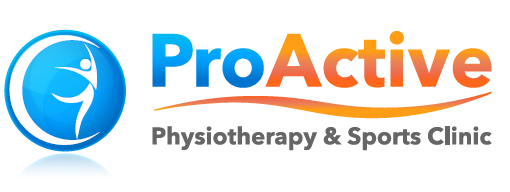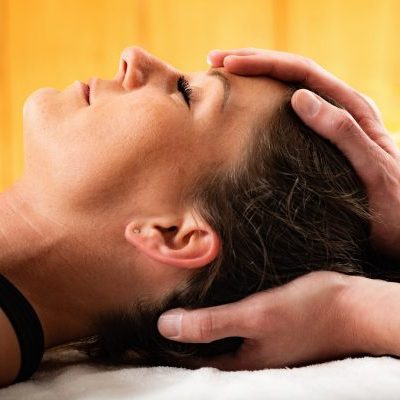
Physiotherapy
Within the physical therapy profession, manual therapy is a hands-on approach to healing.
At Proactive Physiotherapy, our skilled physiotherapists use precise manual techniques
Including joint mobilization, soft tissue manipulation, and muscle stretching — to help relieve pain, restore movement, and support your body’s natural healing process.
Whether you're recovering from an injury, managing chronic pain, or simply trying to move more freely, manual therapy can:
- Reduce joint and muscle stiffness
- Improve flexibility and range of motion (ROM)
- Alleviate pain and muscle tension
- Enhance circulation and promote tissue healing
- Support overall physical performance and posture
What sets us apart is our personalized approach. Every treatment is tailored to your unique needs, combining manual therapy with evidence-based physiotherapy techniques for long-lasting results.
Acupuncture
Acupuncture is a key component of traditional Chinese medicine (TCM) involving thin needles inserted into the body at acupuncture points.
It can be associated with the application of heat, pressure to these same points. Acupuncture is commonly used for pain relief, though it is also used for a wide range of other conditions. The benefits of acupuncture are sometimes difficult to measure, but many people find it helpful as a means to control a variety of painful conditions.
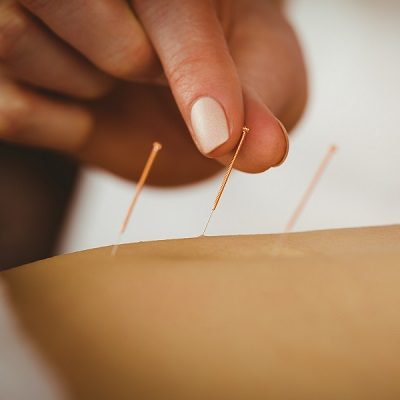
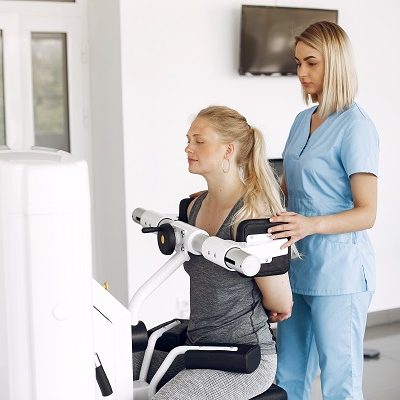
Active Rehab/Kinesiology
Active rehabilitation is a structured, exercise-based program focused on helping you recover from injury, improve function, and return to your daily activities or sport — safely and confidently.
At Proactive Physiotherapy, our Pkinesiologists lead the Active Rehab program, using their expertise in human movement and exercise science to design and guide personalized exercise programs tailored to your specific needs and goals. Kinesiologists specialize in active, movement-based rehabilitation. They are trained to help you rebuild strength, improve mobility, prevent re-injury, and regain functional independence — whether you’re recovering from a motor vehicle accident, sports injury, or managing a chronic condition.
Intra Muscular Stimulation/IMS
The treatment involves dry needling of affected areas of the body without injecting any substance.
The needle sites can be at the epicenter of taut, tender muscle bands, or they can be near the spine where the nerve root may have become irritated and supersensitive. Penetration of a normal muscle is painless; however, a shortened, supersensitive muscle will ‘grasp’ the needle in what can be described as a cramping sensation.
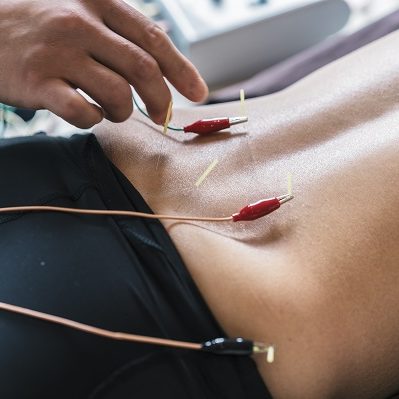
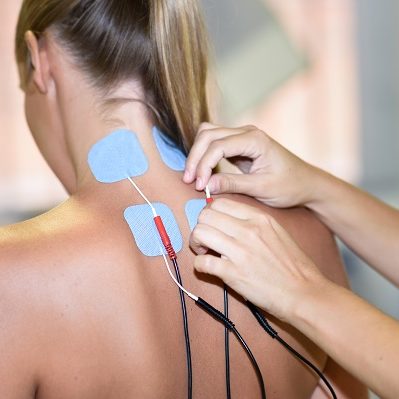
Electrotherapy
Electrotherapy is the use of electrical energy as a medical treatment.
The American Physical Therapy Association acknowledges the use of Electrotherapy for:
1. Pain management
2. Treatment of neuromuscular dysfunction
3. Improves range of joint mobility
4. Tissue repair
5. Acute and chronic edema
Massage Therapy
Massage therapy is a hands-on treatment that helps reduce muscle tension, relieve pain, and promote overall wellness. Whether you're recovering from an injury, dealing with chronic stress, or looking to enhance your physical performance, massage therapy can be a powerful part of your recovery and self-care routine.
At Proactive Physiotherapy, our Registered Massage Therapist work alongside our physiotherapists and kinesiologists to deliver integrated care that supports your individual goals.
Benefits of Massage Therapy:
- Reduces muscle tension and tightness
- Improves circulation and lymphatic drainage
- Supports injury recovery and tissue healing
- Helps manage stress and promotes relaxation
- Enhances flexibility and joint mobility
- Reduces headaches and muscular discomfort
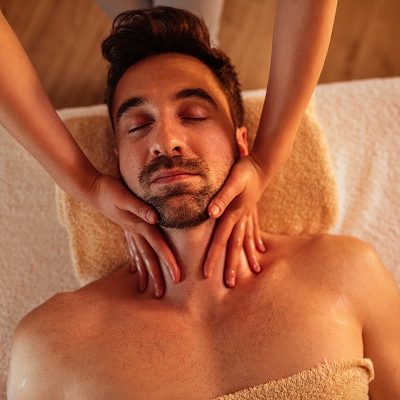

Women’s Health & Pelvic Floor Physiotherapy
Pelvic floor dysfunction is common — but it is not something you have to live with, and it is not a normal part of aging.
At Proactive Physiotherapy, we offer specialized pelvic health physiotherapy for women experiencing symptoms such as:
- Urinary or bowel incontinence
- Urgency or frequency
- Pelvic organ prolapse
- Pelvic pain or discomfort
- Core weakness and instability
These issues often result from low-tone (hypotonic) pelvic floor muscles, which can become weak due to pregnancy, childbirth, menopause, surgery, or other factors.
Based on your needs, your treatment plan may include:
- Pelvic floor muscle retraining and exercises
- Use of pelvic floor tools, such as muscle stimulators, to help improve activation and control
- Pelvic and core stability training to strengthen abdominal and supporting muscles
- Education and self-management strategies to support your long-term wellness.
We understand these concerns are deeply personal. Our pelvic health physiotherapists provide compassionate, respectful care in a safe and professional environment — empowering you to regain control, confidence, and comfort in your daily life.
Vestibular Therapy
Vestibular therapy is an exercise-based program, designed by a specialized physical therapist, to improve balance and reduce problems related to dizziness.
Patients typically referred for vestibular rehabilitation therapy are those diagnosed with dizziness, imbalance, vertigo, Meniere’s syndrome, benign paroxysmal positional vertigo (BPPV) and neck-related dizziness. Common symptoms that can be helped with vestibular rehabilitation include:
- Dizziness or blurry vision with head movements
- Neck tightness, stiffness, and/or pain
- Imbalance or the need to hold onto objects when walking
- Headaches
- Frequent falls
- Generalized “dizziness, wooziness and foggy head” feelings
- Vertigo/spinning

At your appointment, a physical therapist will evaluate your symptoms and review your medical history.
Your assessment will include all or part of the following areas:
- Balance and/or leg strength/flexibility
- Gait (how you walk)
- Visual stability and mobility
- Neck mobility and neck and arm strength
- Positional testing.
Patients are typically seen one to two times each week for 6 to 8 weeks, but this varies based on the patient’s diagnosis, severity of symptoms, and response to therapy. Some patients may be seen for only one to two sessions; other patients may need continued treatment for a few months. Many times, vestibular rehabilitation therapy will be the only treatment needed. In most cases, if patients continue to perform the exercises they have learned, balance and dizziness problems decrease significantly or completely disappear.

Concussion Therapy
A Concussion is a type of traumatic brain injury caused by a bump, blow, or jolt to the head or by a hit to the body that causes the head and brain to move rapidly back and forth.
Signs and symptoms of a concussion may not appear until hours or days after the injury. Common symptoms may include:
- Headache and Dizziness
- Light / Sound Sensitivity
- Nausea / Vomiting
- Balance problems
- Memory loss problems
- Generalized “dizziness, wooziness and foggy head” feelings
- Anxiety / Depression / Emotional imbalance
At your appointment, a physical therapist will evaluate your symptoms and review your medical history.
Your assessment will include all or part of the following areas:
- Oculomotor and Vestibular reflexes
- Visual Accommodation
- Access balance / Postural Sway
- Assessment of Cervical Spine
- TMJ, Thoracic Spine & Shoulder
Patients are typically seen one to two times each week for 6 to 10 weeks, but this varies based on the patient’s diagnosis, severity of symptoms, and response to therapy. Some patients may be seen for only one to two sessions; other patients may need continued treatment for a few months. In most cases, if patients continue to perform the exercises they have learned, balance and dizziness problems decrease significantly or completely disappear.
Spinal Traction Therapy
Relieve Pressure. Restore Movement. Regain Comfort.
Spinal traction is a proven physiotherapy technique used to gently stretch the spine and relieve pressure on compressed discs, nerves, and joints. It can help reduce pain, improve mobility, and support healing in conditions like:
- Herniated or slipped discs
- Sciatica
- Degenerative disc disease
- Pinched nerves
- Neck and lower back pain
We offer both manual and mechanical traction therapy, tailored to your condition and comfort level. Our experienced physiotherapists ensure safe, controlled sessions designed to relieve pain and restore function.

